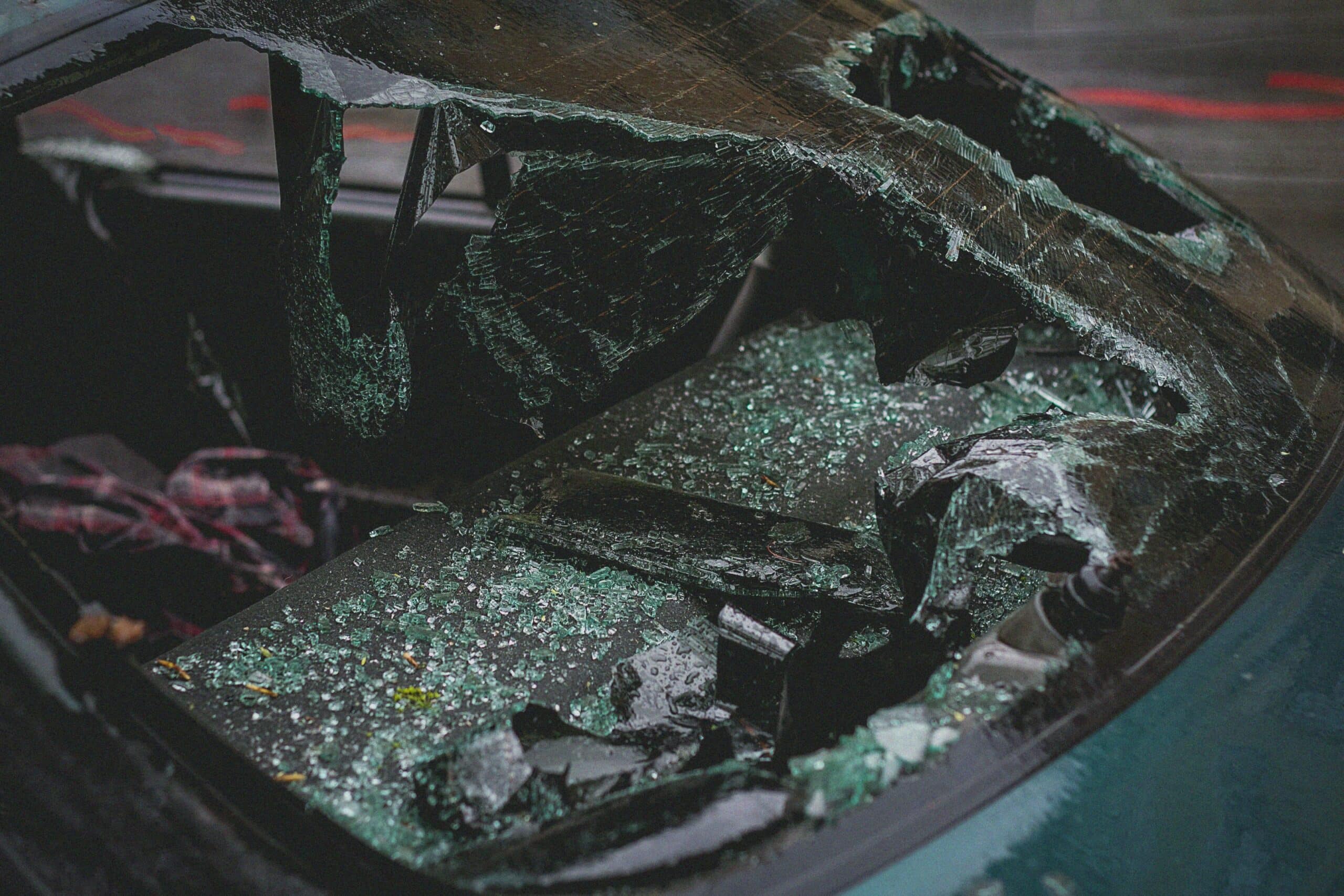
Car accidents can result in a wide range of injuries, with lower back pain being one of the most common complaints among accident victims. Dealing with lower back pain following a car accident can be physically and emotionally challenging, especially when it comes to seeking fair compensation for your injuries. In this comprehensive guide, we will explore the factors that influence lower back pain car accident settlements and provide valuable insights to help you navigate the settlement process.
The Aftermath of a Car Accident: Understanding Neck and Back Injuries
Car accidents can lead to various injuries, and back and neck injuries are among the most prevalent. The impact of a collision can cause significant strain on the spine, resulting in injuries that range from soft tissue damage to more severe spinal cord injuries. Understanding the nature of these injuries is essential for anyone seeking a settlement for lower back pain after a car accident.
Common Neck and Back Injuries
Soft Tissue Injuries
Soft tissue injuries like sprains and strains are common in car accidents. These injuries affect muscles, ligaments, and tendons in the neck and back, leading to pain, stiffness, and reduced mobility.
Spinal Cord Injuries
More severe accidents can result in spinal cord injuries, affecting the nerves that carry signals between the brain and the rest of the body. These injuries can have life-altering consequences, impacting mobility and, in some cases, leading to permanent disability.
Disc Injuries
The impact of a car accident can also cause injuries to the spinal discs, the cushion-like structures between the vertebrae. Disc injuries may result in pain, numbness, or tingling and require extensive medical treatment.
Delayed Symptoms of Neck and Back Injuries
It’s crucial to recognize that symptoms of neck and back injuries may not manifest immediately after a car accident.
Delayed Onset: Symptoms of neck and back injuries may not immediately manifest after a car accident, leading to delayed onset of symptoms.
Days to Weeks: Individuals may experience pain, discomfort, or other symptoms days or even weeks after the initial incident.
Soft Tissue Injuries: The delayed onset of symptoms is particularly common in soft tissue injuries, such as sprains and strains.
Spinal Cord Injuries: Even more severe injuries, such as spinal cord injury, may not exhibit immediate symptoms, and the full extent of the damage may become apparent over time.
Importance of Prompt Medical Attention: Recognizing the delayed nature of these symptoms underscores the importance of seeking prompt medical attention, allowing for proper documentation of injuries and strengthening the case for a settlement.
Documentation Challenges: Delayed symptoms can pose challenges in documenting the cause-and-effect relationship between the accident and the injury, making it crucial to consult a skilled personal injury attorney who can navigate these complexities.
Factors That Affect Your Back or Neck Injury Settlement
Determining the value of a lower back pain car accident settlement involves considering various factors. Insurance companies and legal professionals assess these elements to arrive at a fair and just compensation amount. Let’s explore the key factors that can influence the outcome of your back injury settlement:
Severity of the Injury
The severity of your neck or back injury significantly impacts the settlement value. More severe injuries that require extensive medical treatment and result in long-term or permanent disability generally lead to higher settlements.
Medical Expenses
Accurate documentation of your medical expenses is crucial in building a strong case. This includes costs related to hospital visits, surgeries, physical therapy, and any ongoing medical treatments. Presenting detailed records strengthens your compensation claim.
Lost Wages
If your injury has resulted in missed workdays or diminished earning capacity, you may be entitled to compensation for lost wages. Providing evidence of your income and documenting the impact of the injury on your ability to work is vital for a fair settlement.
Pain and Suffering
Pain and suffering, both physical and emotional, are significant factors in determining settlement value. These non-economic damages consider the impact of the injury on your overall quality of life, including pain, emotional distress, and loss of enjoyment.
Future Medical Expenses
In cases of long-term or permanent injuries, estimating future medical expenses is crucial. This may include ongoing treatments, medications, and rehabilitation. A skilled personal injury attorney can help you assess and present these future costs effectively.
Types of Compensation You Might Recover
Understanding the types of compensation available in a lower back pain car accident settlement is essential for setting realistic expectations. Your skilled personal injury attorney will work to secure the following types of compensation:
Economic Damages
Economic damages cover tangible losses and expenses, including medical bills, lost wages, property damage, and any other financial losses directly related to the accident.
Non-Economic Damages
Non-economic damages address intangible losses such as pain and suffering, emotional distress, and loss of enjoyment of life. Quantifying these damages requires skill and expertise, making it crucial to have an experienced personal injury attorney.
Punitive Damages
In cases of extreme negligence or intentional misconduct by the at-fault party, punitive damages may be awarded. These damages are intended to punish the wrongdoer and deter similar behavior in the future.
Average Settlement Amount for Neck And Back Injury in Nevada
In Nevada, the typical settlement amount is around $1.8 million, with a median of nearly $1.3 million. The highest settlement observed was $4 million, awarded to a driver who underwent spinal surgery due to injuries sustained in a car accident.
Understanding the average neck and back injury settlements by state can provide a benchmark for assessing the fairness of a proposed settlement. It’s important to note that these figures are general estimates, and the specifics of your case will heavily influence the final settlement amount.
Factors Influencing State-by-State Variances:
Insurance Laws: Each state has different insurance laws and regulations that impact the settlement process.
Judicial Trends: Local court decisions and trends can influence how settlements are valued and awarded.
Cost of Living: The overall cost of living in a particular state can impact the perceived value of damages.
Seeking Legal Guidance: The Role of a Skilled Personal Injury Attorney
Navigating the complex legal landscape following a car accident and a lower back injury requires the expertise of a skilled personal injury attorney. Here’s how an experienced attorney can make a difference in your case:
Case Evaluation: Attorneys thoroughly assess the details of your accident and injuries for an accurate potential settlement estimation.
Legal Expertise: Brings in-depth knowledge of personal injury law, ensuring your case adheres to relevant statutes and legal precedents.
Negotiation Skills: Advocates on your behalf during negotiations with an insurance company, leveraging legal understanding for the best possible settlement.
Advocacy for Fair Compensation: They fight for fair compensation, covering both economic and non-economic damages, such as medical expenses, lost wages, and pain and suffering.
Trial Representation: Prepared to represent you in court if negotiations fail, presenting a compelling case for a favorable judgment.
Communication with Insurance Companies: Handles all communications with insurance companies to protect your rights and prevent compromising statements.
Guidance through the Legal Process: Navigates the legal complexities, explaining your rights, outlining procedures, and helping you make informed decisions.

Get Help from a Skilled Personal Injury Lawyer at BLG
Experiencing a lower back injury from a car accident is difficult, but getting legal advice can be essential for your physical and financial healing. Understanding the complexities of car accident settlements involving lower back pain, typical injuries, and the factors that affect settlements helps you make well-informed choices.
If you or a loved one is navigating the aftermath of a car accident, consult with BLG. Our experienced personal injury attorneys help you secure the compensation you deserve and guide you through every step of the legal process. Your journey to recovery starts with the right legal support.
Contact us for a free consultation and take the first step toward a brighter future.
FAQs
How much should I settle for a lower back injury?
Settlement amounts for back injuries typically range from $20,000 to $50,000 on average. In more serious cases, it’s not uncommon for settlements to reach between $100,000 and $500,000, especially when the injuries involve the spinal cord. Back injuries frequently occur in the context of car accidents.
The settlement amount for a lower back injury can vary widely based on factors such as the severity of the car accident injury, medical expenses, loss of income, and the impact on your daily life.
Can I claim for back pain after a car accident?
Yes, you may be able to file a personal injury claim for back pain resulting from a car accident. To do so, you should gather evidence of the accident, seek medical attention promptly, and consult with a personal injury attorney to evaluate your case and guide you through the claims process.
What is the most common back pain after a car accident?
Whiplash is a common type of back pain resulting from car accidents. It occurs when the head is suddenly jerked backward and then forward, causing strain on the neck and upper back. Other common back injuries include herniated discs, fractures, and soft tissue injuries.
Do most lower back injuries settle within six months?
The recovery time for lower back injuries can vary significantly depending on the severity of the injury and the individual’s overall health. While some lower back injuries may improve within six months, others may require longer rehabilitation or ongoing medical treatment.





